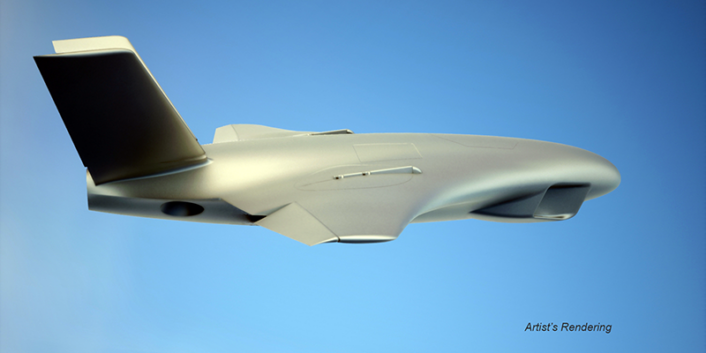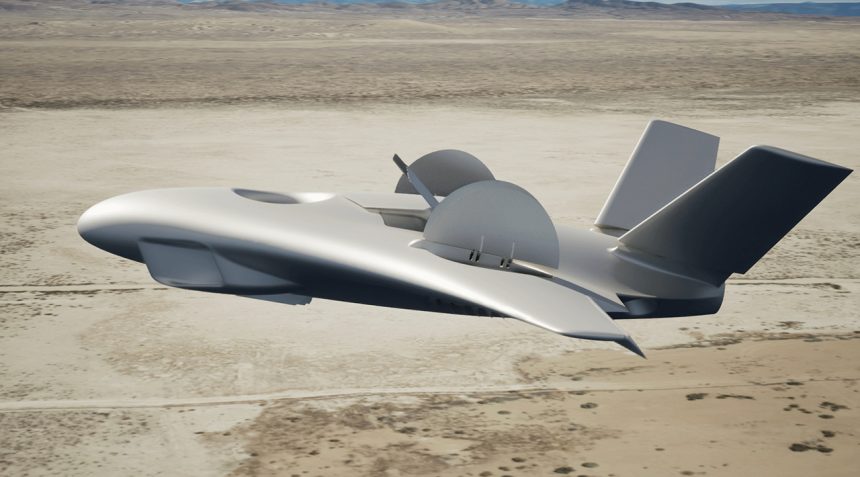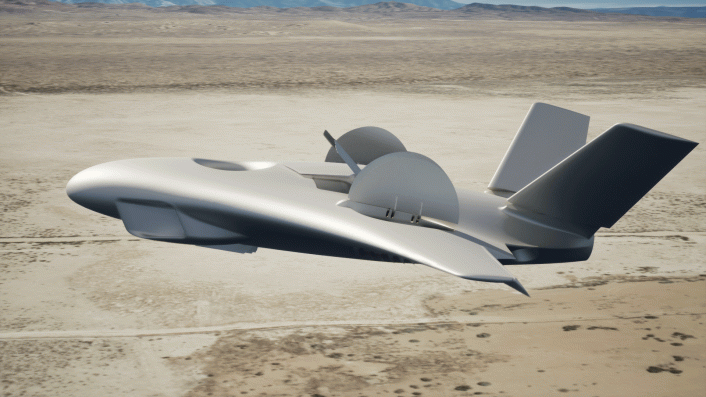A collaboration between Aurora Flight Sciences and Boeing is working on an innovative high-speed, vertical lift aircraft concept. They have just completed the conceptual design review and target first flight in 3 years.
Aurora Flight Sciences, a subsidiary of Boeing, has recently completed the conceptual design review for a high-speed, vertical lift X-plane and has been selected to advance to the preliminary design review stage. This development is part of DARPA‘s Speed and Runway Independent Technologies (SPRINT) program, aimed at creating an X-plane to demostrate technologies enabling high-speed flight without the need for traditional runways.
Aurora’s design features a low-drag, fan-in-wing demonstrator that utilizes a blended wing body platform. This design combines the vertical take-off and landing (VTOL) capability with “unprecedented speed”. The goal is to demonstrate advanced air mobility and enhance capabilities for Special Operations Forces (SOF) missions.
New renderings of the fan-in-wing (FIW) demonstrator show three lift fans, a refined composite exterior, and an uncrewed cockpit. The decision to use three lift fans is part of a strategy to simplify the demonstrator and expedite its flight testing. The FIW technology is versatile and can be scaled to include more lift fans (four or more) for future aircraft requirements, potentially leading to a series of related systems. While the current demonstrator is uncrewed to facilitate testing and reduce risks, the FIW technology can be adapted for use in crewed aircraft.
The concept is engineered to meet DARPA’s stringent program objectives. It includes a blended wing body platform that can achieve a cruise speed of 450 knots, and lift fans with integrated covers for seamless transition from vertical to horizontal flight. The design also incorporates existing engine solutions to minimize development risks and timeframes. Besides VTOL, the aircraft can perform short take-off and vertical landing (STOVL), super short take-off and landing (SSTOL), and conventional take-off and landing.
According to Aurora, the team working on the X-Plane plans to deliver the preliminary design review for the SPRINT program within the next 12 months, with the objective of achieving the first flight within 3 years.

Aurora Flight Sciences was recently awarded budget to continue designing the experimental heavy cargo seaplane for DARPA Liberty Lifter program.









